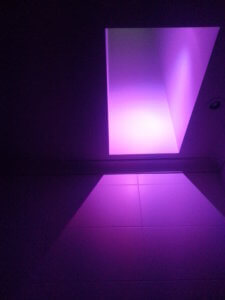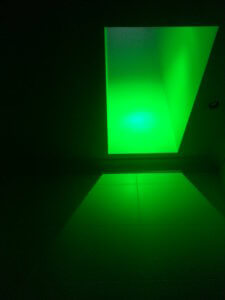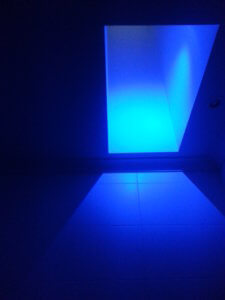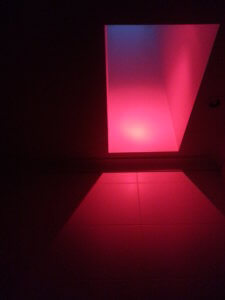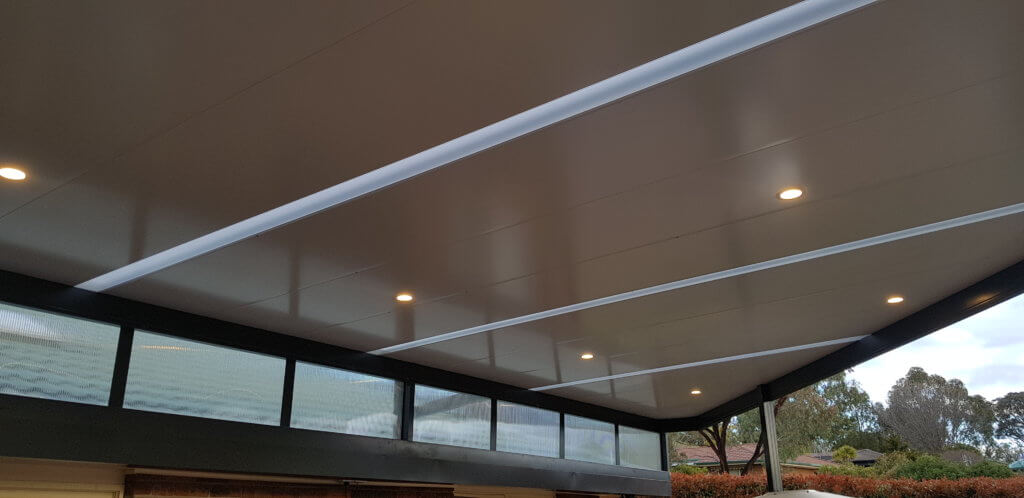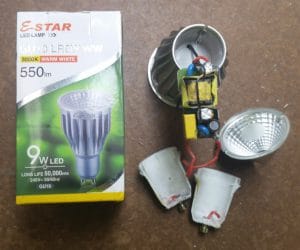There is a lot more to LED downlights than you would think. When it comes to value for money you want to make sure you get what you pay for and with LED downlights that’s certainly the case. Below are 7 pieces of helpful information that you might not have been aware of.
1. Some can be completely covered by ceiling insulation.
There are some LED downlights that are capable of being completely covered by ceiling insulation. In our residential installations these are the only ones we install, they make a huge difference to the efficiency of heating and cooling your home. In terms of energy savings this is one of the biggest reasons to switch (IMO) as the money saved from heating and cooling is far greater than the electricity savings from the lights themselves. Be careful to only source downlights that reach Austrailan standards, covering the wrong downlight can cause them to fail very quickly.

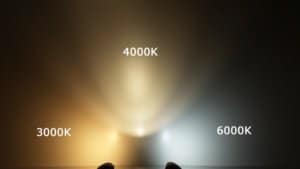
Read more on which LED downlights can be covered by ceiling insulation IC – f vs IC f (4)
All LED downlights require an electronic transformer to function. It doesn’t matter what type of LED light you are using it will require the voltage to be lowered from 230V to most commonly 24V or 12V. Some LED downlights have the transformer inbuilt while others have an external transformer. This is the weakest link to all LED light fittings, if the transformer fails the light won’t function. It’s one of the main reasons why I source from manufacturers here in Australia with long 7 year warranties.
LED downlights can be dimmed. Not all fittings and this is the case with a lot of bulbs and floodlights. You would think they would make all LED light fittings dimmable but they don’t. Why? It annoyingly comes down to cost. More electronics need to be installed into the transformers of LED lights to allow the light to function on lower voltages. As the dimmer is lowered the light needs to be able to lower without flickering and flashing. Without the more expensive electronics installed the light can’t hold the voltage and will go into strobe mode. Good for discos and that’s about it.
LED Downlights can be installed in bathrooms, wet areas and outside. As long as the ceilings are not crazy low, recessed LED downlights are a great form of lighting in bathrooms and wet areas. Normally we would install a light with IP54 rating thats Protected against dust and water spray from all directions.
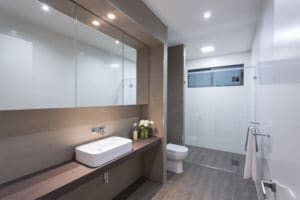
LED downlights are sealed and do not have bulbs. If they don’t have bulbs then how are you meant to change them?
You aren’t. It doesn’t sound right but there is a reason. Quality LED downlights have extremely long lasting LED chips that are installed permanently inside the fitting. These LED chips slowly dim over time, they don’t blow like normal bulbs would, they slowly degrade over time. The life of the light is given when the LEDs dim to about 70% efficiency. That’s normally around 10 years of residential use. We install all our LED downlights with flex and plug so new ones can be replaced DIY by unplugging the old and plugging in the new ones, no electrician required. Lower maintenance is where the LED fittings really shine. We have downlights still functioning without a problem since 2013 when I did my first replacement.

LED downlights come in a large range of sizes. From tiny 20mm lights mostly used in decks and under cabinets to the common 92mm halogen downlight replacement. Then you have sizes ranging all the way up to the huge 250mm fitting. The large range of sizes helps when installing in different areas where you may require more light or smaller to hide from view. Normally we use the larger fittings in commercial installations as they have a much higher light output. Then again I have installed a few in clients garages to light the whole area up.
They come in a large range of colours. You can buy LED downlights in a lot of colours to suit most feature ceiling. The most common are ceiling white (matt finish and gloss) black and stainless steel/brushed steel finish. If you really want you can order them in a whole range of other colours. The lights also can be bought with different light temperatures. The most commonly used are 2700-3000 warm white, 4000-5000 cool white and 6000-7000 day light. The higher the number the more blue the light becomes. 3000 is the colour you want for inside your home. It helps bring on your natural sleep cycle where the higher colour temperatures stop the production of melatonin and can mess with your sleep cycles. Dimming the lights is also extremely helpful when winding down for bed.



